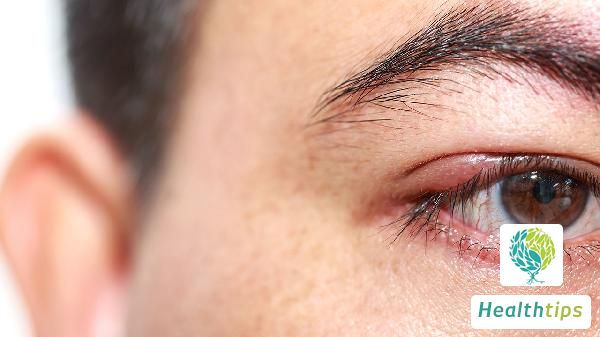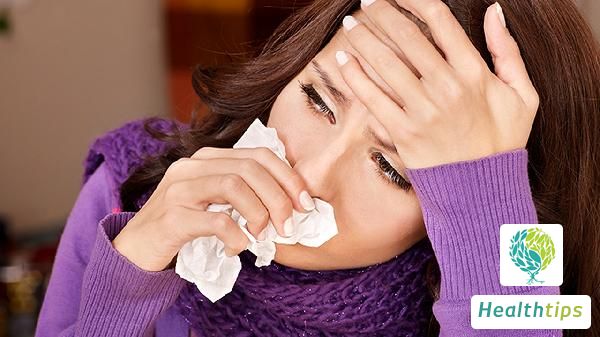"Why Does My Face Turn Red, Feel Hot, and Get Flushed at Night?"
In the evening, if the face turns red, hot, and feels burning, it is generally considered symptoms of hormone-dependent dermatitis, erysipelas, or facial frostbite, which can typically be treated with immunotherapy agents, antibiotics, frostbite ointments, respectively.

1. Hormone-Dependent Dermatitis
This occurs when the skin is exposed to creams or skincare products containing hormones for an extended period, causing the stratum corneum to thin and capillaries to dilate. The main manifestations are large patches of redness on the face, with visible red blood vessels on the flush, accompanied by pronounced itching and a burning sensation. Topical treatments such as Boric Acid and Zinc Oxide Borneol Ointment, Tacrolimus Ointment, or Pimecrolimus Cream can be used.
2. Erysipelas
This is typically caused by infection of the skin with hemolytic streptococcus, often occurring when small breaks in the facial skin become infected with bacteria. The main manifestation is a clearly defined red and swollen area on one side of the face, accompanied by a burning pain. Treatment usually involves oral antibiotics such as Cefixime Tablets, Clarithromycin Tablets, or Levofloxacin Tablets.
3. Facial Frostbite
This typically results from inadequate facial insulation during cold seasons, particularly in high-latitude regions. It manifests as facial redness and edema, with itching and a burning sensation upon entering a warm environment. Treatment typically involves topical application of frostbite ointments, Heparin Sodium Cream, or Compound Camphor Cream.



















